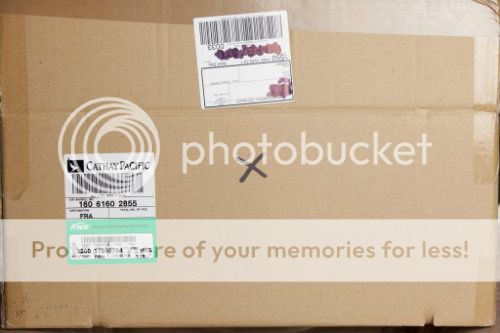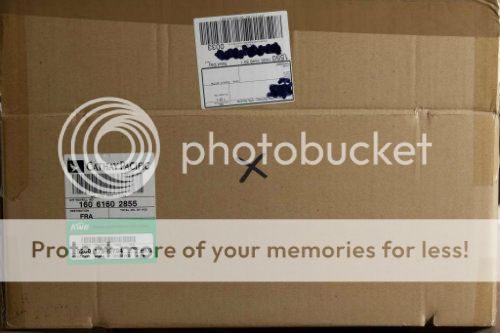- Messages
- 7,933
- Name
- Terry
- Edit My Images
- Yes
Terry are you therefore saying that the highlights are not important? If you meter for the highlight being the brightest part of the image it makes sense that the rest of the image will fall into place. You can control the fall of light in other areas through the use of additional lights such as the fill light.
Also you may want to choose how bright the highlight is (again a creative decision)
Not at all. But a mid tone is more useful as a fix.
However the highlights and other tones are not produced by only the main light.
The other lights and fills also contribute to the total light received in the highlight and other areas. By pointing at the main light for your exposure you do not take this "extra light" in to account. The dome if pointed at the camera from the subject "sees" and adds and measures all the light from a 180° arc. Its translucence has been chosen to produce a standard tone in the resultant picture. This tone is not the same as a highlight.
It has a very similar resultant value to a standard grey card used with a reflected light meter. but takes into account that most subjects are not flat but are 3 Dimensional.
A standard grey card has the same reflectance as an average Caucasians skin. ( which is why it was first chosen.)
An Incident meter can achieve all this, with a single reading toward the camera.
Which is far simpler than using a grey card.
The highlight has never been used as the main reference in any Photography.
In all forms of photography one often need to sacrifice either extreme shadows or extreme highlight or both, for this reason nether is used as a reference. Detail in highlights are lost when they are closer than 5% of the base colour. (some might be there but you won't see them) the same applies to shadows.



